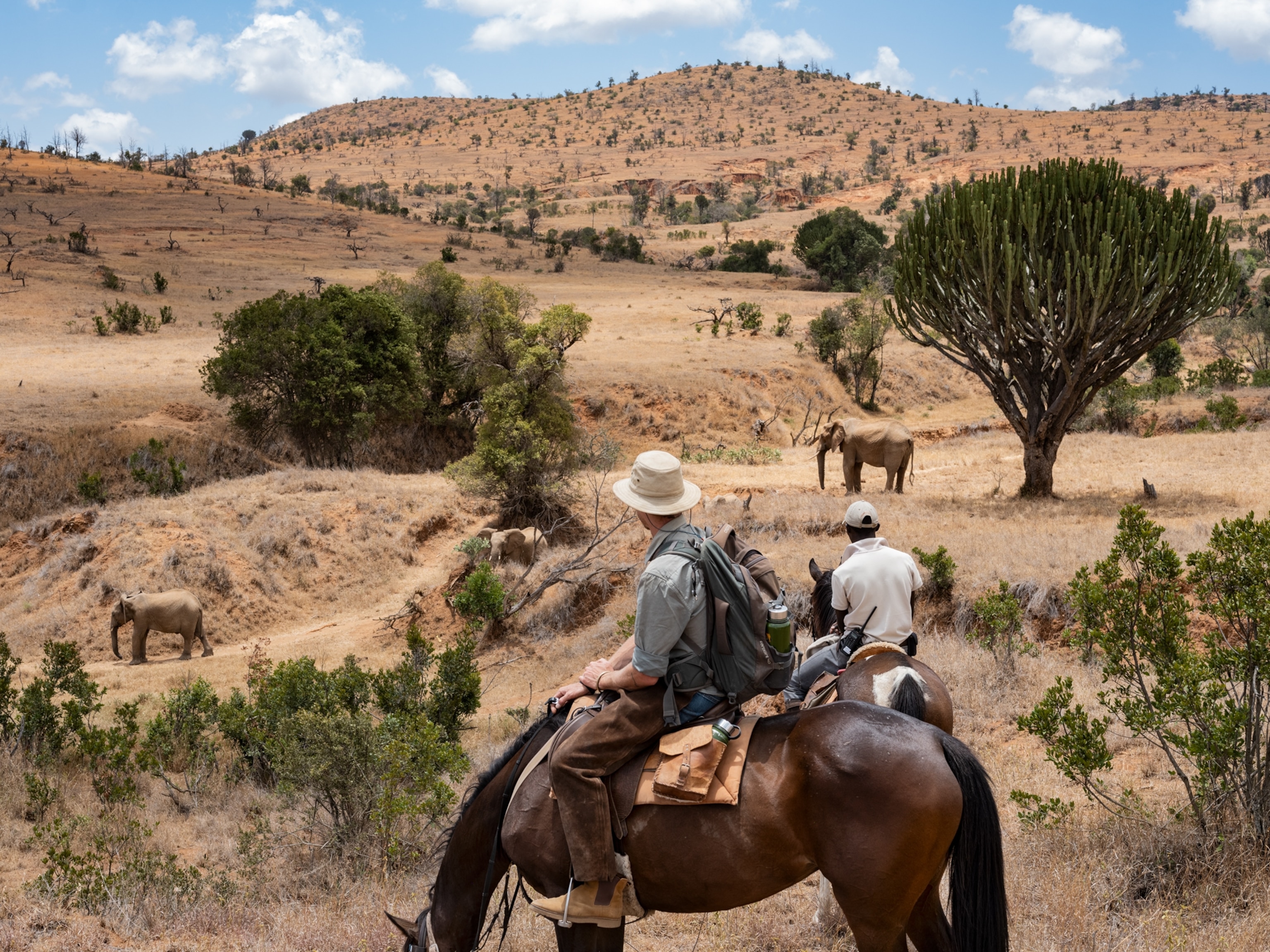Insider’s Guide to Yunnan, China
Land of peaks, valleys, and monasteries, Yunnan is home to the largest number of ethnic groups in China. The gateway towns of Shangri-La (much of which, sadly, burned in January 2014) and Lijiang
Here’a an insider’s guide to this wondrous region:
WHEN TO GO
Yunnan is known for its localized climates. Shangri-La is best visited from late spring through summer, when days warm into the 80s F. Kunming, to the south, has been dubbed “spring city” for its mild climate year-round. Regional temperatures can dip, however, so bring warm clothing.
WHERE TO SLEEP
Songtsam Lodges operates five cozy properties in Yunnan in a variety of settings that reflect the region’s diversity. Travelers may stay at one lodge or choose a circuit package that visits multiple lodges with guides for an easy introduction to this fairly remote and rugged part of China.
Laomadian Lodge, in the town of Shaxi, offers rooms in a gracefully converted inn and stable on the ancient Tea Horse Caravan Road. Its Karma Cafe dishes up regional fare—and brownies. Another interesting option in Shaxi is the evocative Old Theatre Inn, an eco lodge that occupies a restored courtyard building complex.
Zen Garden Hotel, in the historic town of Lijiang, mixes antique furniture with modern conveniences and will arrange tours to local Naxi sights.
WHAT TO SEE
Shangri-La, formerly Zhongdian, is both a county and a town; attractions include Yunnan’s largest Tibetan Buddhist lamasery, Songzanlin Monastery, known for its remarkable frescoes and its resemblance to Tibet’s multi-tiered Potala Palace.
The venerable trading city of Shaxi, with its peaked wood roofs, ranks as one of the most authentic caravan towns along the storied tea route; its Friday market deals in everything from livestock to tea.
Visitors flock to Lijiang to see its old town, a World Heritage site. Also a highlight: performances by the local Naxi Orchestra, which plays nightly.
Near the scenic mountain village of Shiyi lies Dongzhulin Monastery, home to monks of the yellow hat sect—and artfully restored prayer halls. This part of Yunnan is famed for its black pottery, which is baked directly in a pit fire. Master potter Sun Nou Qiling crafts his black pitchers, pots, and more in the village of Tong Dui.
WHAT TO READ
Forgotten Kingdom, by Peter Goullart (1955), is a memoir by a Russian-born explorer who advised Chinese industry in the 1930s and ’40s, and gathered his insights about both Chinese and Yunnanese culture and thought in this must-read volume.
PEAK PERFORMANCE
“A ritual in the Meili mountains is to rise early to see Kawagebo, Yunnan’s most sacred peak,” says photographer Michael Yamashita. “Usually, Kawagebo hides in a sea of clouds, so a photographer needs luck,” he says.
> Related:
Journey to Shangri-La: The Magic of China’s Secret Kingdom
Related Topics
You May Also Like
Go Further
Animals
- This ‘saber-toothed’ salmon wasn’t quite what we thoughtThis ‘saber-toothed’ salmon wasn’t quite what we thought
- Why this rhino-zebra friendship makes perfect senseWhy this rhino-zebra friendship makes perfect sense
- When did bioluminescence evolve? It’s older than we thought.When did bioluminescence evolve? It’s older than we thought.
- Soy, skim … spider. Are any of these technically milk?Soy, skim … spider. Are any of these technically milk?
- This pristine piece of the Amazon shows nature’s resilienceThis pristine piece of the Amazon shows nature’s resilience
Environment
- This pristine piece of the Amazon shows nature’s resilienceThis pristine piece of the Amazon shows nature’s resilience
- Listen to 30 years of climate change transformed into haunting musicListen to 30 years of climate change transformed into haunting music
- This ancient society tried to stop El Niño—with child sacrificeThis ancient society tried to stop El Niño—with child sacrifice
- U.S. plans to clean its drinking water. What does that mean?U.S. plans to clean its drinking water. What does that mean?
History & Culture
- Séances at the White House? Why these first ladies turned to the occultSéances at the White House? Why these first ladies turned to the occult
- Gambling is everywhere now. When is that a problem?Gambling is everywhere now. When is that a problem?
- Beauty is pain—at least it was in 17th-century SpainBeauty is pain—at least it was in 17th-century Spain
- The real spies who inspired ‘The Ministry of Ungentlemanly Warfare’The real spies who inspired ‘The Ministry of Ungentlemanly Warfare’
- Heard of Zoroastrianism? The religion still has fervent followersHeard of Zoroastrianism? The religion still has fervent followers
Science
- Here's how astronomers found one of the rarest phenomenons in spaceHere's how astronomers found one of the rarest phenomenons in space
- Not an extrovert or introvert? There’s a word for that.Not an extrovert or introvert? There’s a word for that.
- NASA has a plan to clean up space junk—but is going green enough?NASA has a plan to clean up space junk—but is going green enough?
- Soy, skim … spider. Are any of these technically milk?Soy, skim … spider. Are any of these technically milk?
- Can aspirin help protect against colorectal cancers?Can aspirin help protect against colorectal cancers?
Travel
- What it's like to hike the Camino del Mayab in MexicoWhat it's like to hike the Camino del Mayab in Mexico
- Follow in the footsteps of Robin Hood in Sherwood ForestFollow in the footsteps of Robin Hood in Sherwood Forest
- This chef is taking Indian cuisine in a bold new directionThis chef is taking Indian cuisine in a bold new direction
- On the path of Latin America's greatest wildlife migrationOn the path of Latin America's greatest wildlife migration
- Everything you need to know about Everglades National ParkEverything you need to know about Everglades National Park




